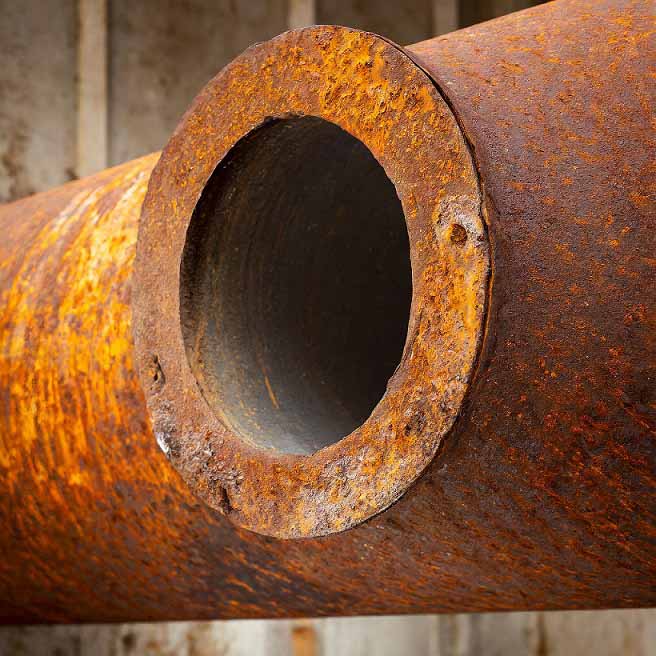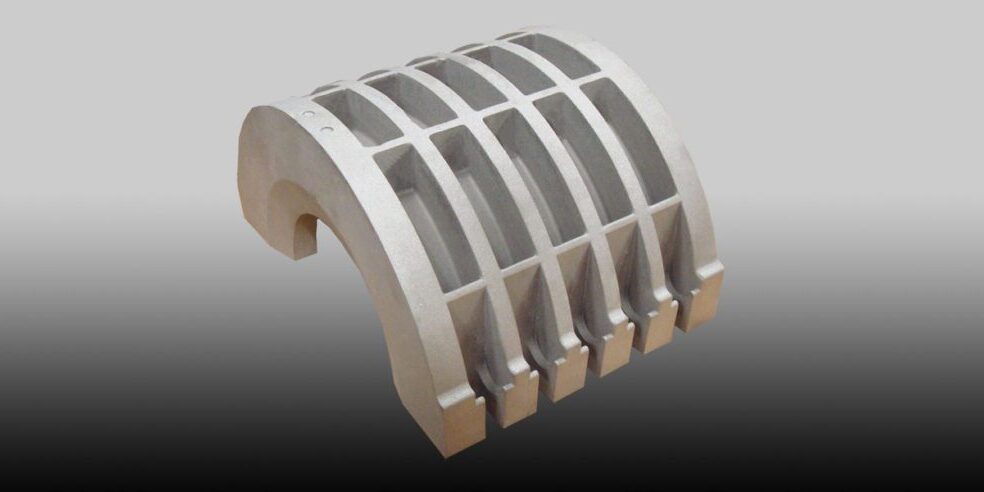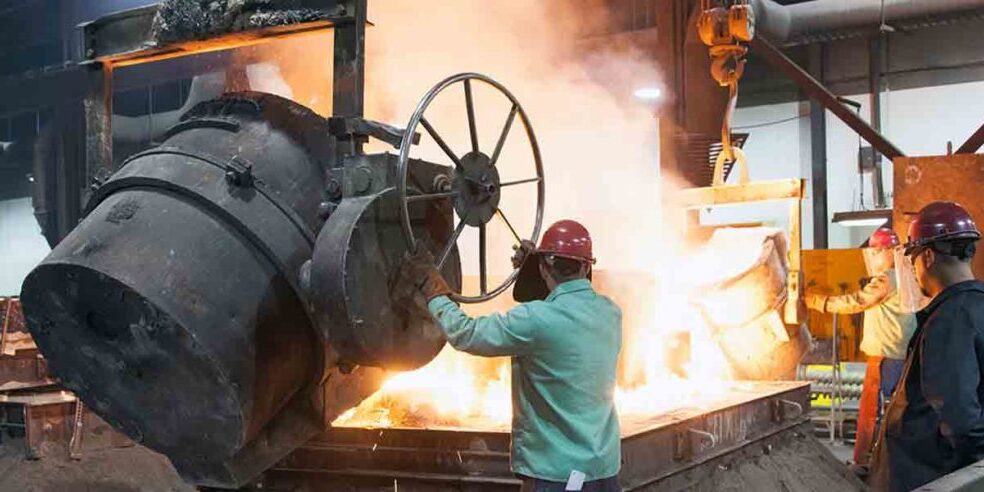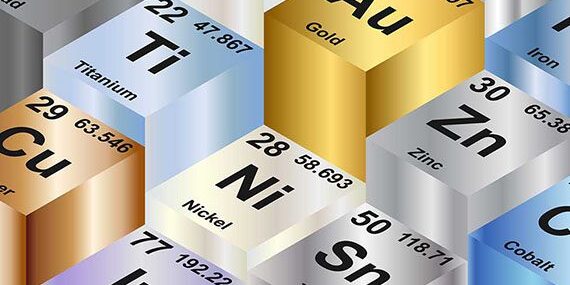Blog What Is Rust And How To Prevent It
Rust, the reddish-brown culprit that silently creeps onto many metal surfaces, is a phenomenon that has plagued ferrous metals for centuries. More specifically, it is a problem that impacts metals containing iron. This natural process occurs when metals containing iron react with oxygen and moisture in the environment. Rust can be detrimental to structural integrity and costs time and money to repair. Other metals that don’t contain iron can’t rust, making them a good fit in certain applications. This is our guide to understanding everything about rust.
What Is Rust?
Rust is a form of corrosion that primarily affects iron and its alloys, such as steel. The chemical reaction between iron, oxygen, and water forms iron oxide, commonly known as rust. More specifically, it’s when elements, like iron, easily lose electrons, and an element such as oxygen absorbs those electrons and then encounters water/moisture.
Water accelerates the electron flow from the metal (iron) to the oxygen. This redox reaction can ultimately weaken the structural integrity of metals, leading to potential performance issues and aesthetic degradation.

Rust vs. Steel and Stainless Steel
Steel is susceptible to rusting as it contains iron. However, stainless steel is not as vulnerable as it contains chromium. Chromium is highly corrosion resistant as it combines with oxygen before iron can. That chromium oxide layer helps prevent iron from reacting with the oxygen. Stainless steel was designed to resist corrosion. The reduced maintenance of stainless steel presents huge upsides across various industries and metal projects.
Rust vs. Other Metals
Metals that aren’t prone to rusting include aluminum, bronze, and copper. They don’t rust due to having little to no iron. However, they can corrode. Read our blog discussing if aluminum will rust or corrode. Metals that can rust include, steel, cast iron, mild steel, and wrought iron.
Effects of Rust
Structural Integrity
Rust weakens the metal structure over time, compromising its strength and durability. This is mainly due to the loss of material from the metal surface. Rusty metal is more prone to deformation and load failure points.
Localized corrosion can also occur when the rust forms on smaller local areas on the metal surface. This is pitting corrosion and leads to more concentrated damage and faster deterioration.
Reduced Lifespan and Increased Costs
The most significant disadvantage of rust is its impact on the lifespan of metal products. Without proper protection, rust can accelerate the degradation of metals, leading to premature failure. This leads directly to increased costs. Rust requires ongoing maintenance efforts and expenses to mitigate the effects. Industries that rely on metal structures are apt to avoid rust issues.
Aesthetics
The reddish-brown appearance of rust can be unsightly, diminishing the visual appeal of metal surfaces. The aesthetic quality of products can be an essential requirement for a metal project.
How to Avoid Rust
- Coatings/Paints
a. Applying commonly available coatings or paints to metal surfaces can help prevent rust. Coatings include zinc, epoxy, enamel, and polyurethane, among other options. These prevent moisture from making contact with the metal surfaces. - Galvanization
a. This is the process of applying a layer of zinc to the metal as a protective layer from rust. The common application method is hot-dip galvanizing, but placing the metal into a bath of molten zinc and letting it harden onto the surface. - Regular Maintenance
a. Inspect areas that could be prone and preform regular cleanings if necessary. Rust inhibitor solutions are available, along with basic care for rust-prone surfaces. Regular checks and maintenance can help reduce costs and time down the road. - Pick A Rust-Resistent Metal
a. As simple as it sounds. When working on your metal project, pick a metal that isn’t prone to rust, such as stainless steel or aluminum. A MetalTek expert can assist you in selecting an alloy to meet your needs.
Rust, while a natural and inevitable process, poses significant challenges to the longevity and appearance of metal products. Outlined are common metals that are prone, along with solutions to combatting rust. The impact of rust can be minimized by choosing corrosion-resistant metals, implementing protective coatings, and adopting preventive maintenance measures. Ensuring the longevity and performance of metal structures and components is the goal of the experts at MetalTek. Begin your project today, and never worry about rust impacting your project.



